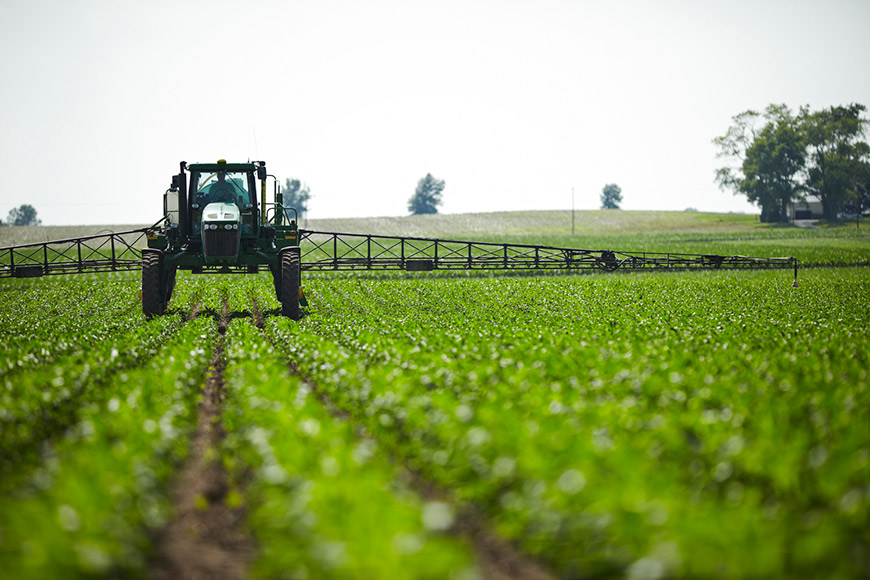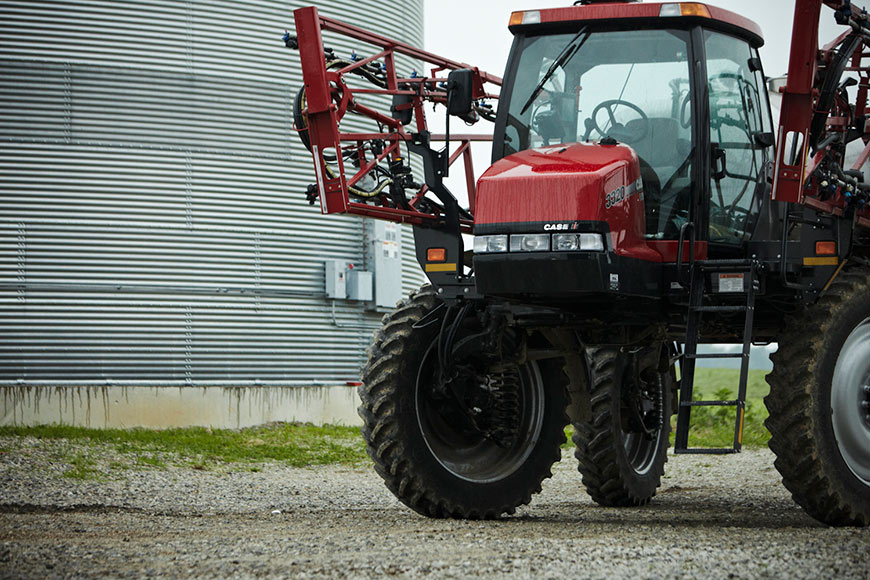Find Efficiencies in Nutrient Applications

If you haven’t mapped out a detailed strategy for your plant nutrition applications, it’s time to do that now. Tight margins require more resourceful planning and more precise nutrient management to help maintain profitability. Here are some tips to get started.
For more information about efficient plant nutrition planning, talk with your locally owned and operated WinField United retailer.
1. National average yield difference between nonlimited and limited nitrogen applications; rates varied by soil type and location.
All photos are either the property of WinField United or used with permission.
© 2019 WinField United. Important: Before use always read and follow label instructions. Crop performance is dependant on several factors beyond the control of WinField United, including without limitation, soil type, pest pressures, agronomic practices, and weather conditions. Growers are encouraged to consider data from multiple locations, over multiple years, and be mindful of how such agronomic conditions could impact results. Answer Plot® and WinField® are trademarks of WinField United.
- Tissue sample to gauge nutrient needs. It’s no longer economical to use a blanket approach to fertilization. Farmers who are able to get more precise with their nutrient applications are getting the right nutrients where they’re needed without spending excess dollars. Timely tissue sampling ahead of peak uptake times can help you identify what nutrients your crops may need and still allows time for supplemental applications if they’re needed. In corn, I recommend tissue sampling at V4 to V5 and in soybeans at R2.
- Take a holistic approach. With tight margins, it may be tempting to skimp on secondary nutrients or micronutrients. The truth is, in order for your crop to get the maximum benefit from your nitrogen applications, they need sufficient levels of all essential nutrients. We’ve analyzed thousands of tissue samples, and one trend we consistently see is that when sulfur is deficient in plants, nitrogen tends to be deficient as well. If you don’t have a balanced fertility plan, plants won’t be able to efficiently utilize macronutrients, including nitrogen.
- Use data to focus your efforts. You know your fields better than anyone. Use that knowledge along with yield history and resources like hybrid “response-to” scores to get smarter with nutrient applications. When budgets are limited, it becomes critical to focus inputs where you’ll maximize return on investment. Answer Plot® data from 2018 showed that individual hybrids presented a 58.4 to 119.4-bushel-per-acre yield response range to nitrogen applications.1
- Consider fewer trips through the field. To maximize efficiency, try to include nutrient applications with other planned trips through the field. Foliar applications of zinc, boron and manganese can be effectively applied with a postemergence herbicide application in corn, ideally around V4 or V5. And in soybeans, manganese and boron can be applied with a fungicide around R2-R3. Manganese with later applications of glyphosate can also help reduce yellow flash in soybeans, a common symptom caused by high rates of glyphosate tying up manganese in the plant.
For more information about efficient plant nutrition planning, talk with your locally owned and operated WinField United retailer.
1. National average yield difference between nonlimited and limited nitrogen applications; rates varied by soil type and location.
All photos are either the property of WinField United or used with permission.
© 2019 WinField United. Important: Before use always read and follow label instructions. Crop performance is dependant on several factors beyond the control of WinField United, including without limitation, soil type, pest pressures, agronomic practices, and weather conditions. Growers are encouraged to consider data from multiple locations, over multiple years, and be mindful of how such agronomic conditions could impact results. Answer Plot® and WinField® are trademarks of WinField United.





